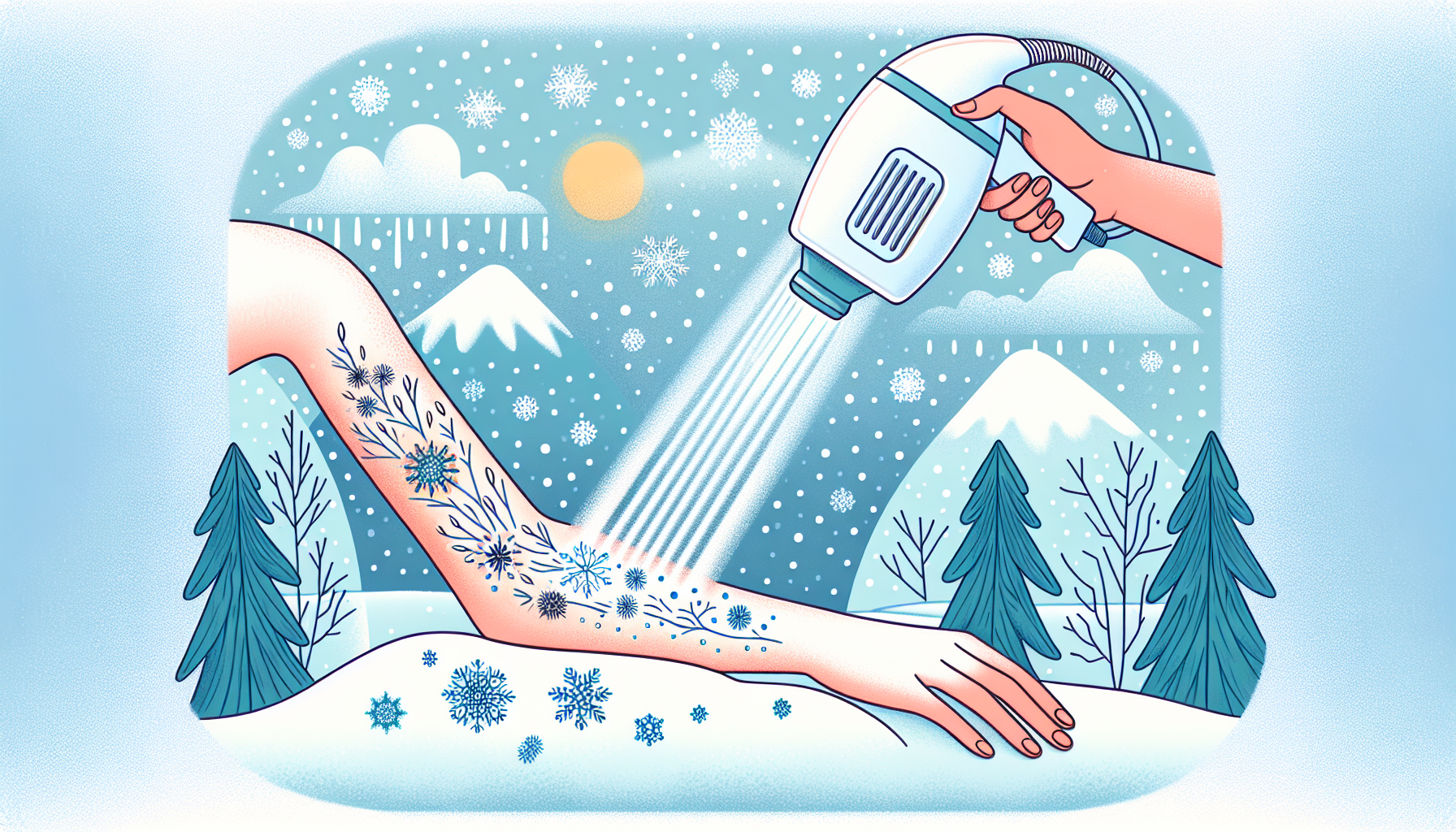Table of Contents
Introduction
Winter is often associated with cozy sweaters, hot drinks, and long nights, but it’s also the ideal season to schedule your laser hair removal treatments. While the procedure can be performed year-round, winter provides specific advantages that make it the best time to start. From reduced sun exposure to better preparation for summer, here’s why winter is the perfect season for laser hair removal.

1. How ccccc Removal Works
Laser hair removal uses concentrated light energy to target and destroy hair follicles. The laser’s energy is absorbed by the pigment (melanin) in the hair, which then heats and disables the follicle, preventing future growth.
The treatment is most effective on dark, coarse hair and works best when there’s a contrast between the hair color and skin tone, which is another reason winter is an ideal time for this procedure.

2. Why Winter Is the Ideal Season
Reduced Sun Exposure
Laser hair removal requires minimal exposure to sunlight before and after treatment, as sun exposure can increase the risk of side effects like hyperpigmentation and burns. During winter, when your skin is naturally covered and less exposed to the sun, it’s easier to follow this guideline and ensure safe, effective treatments.
Lighter Skin Tone
The effectiveness of laser hair removal depends on the contrast between your skin tone and hair color. In winter, your skin tends to be lighter because of reduced sun exposure, making it easier for the laser to target the hair pigment without affecting the surrounding skin.
Long-Term Results Before Summer
Laser hair removal requires multiple sessions spaced several weeks apart to target hair at different stages of its growth cycle. Starting in winter ensures you’ll complete your treatment plan in time for summer, allowing you to enjoy smooth, hair-free skin just as the weather warms up.

3. Preparing for Laser Hair Removal in Winter
To maximize the benefits of your treatment, follow these preparation tips:
- Avoid Tanning: Whether from the sun or tanning beds, avoid tanning before treatment to reduce the risk of complications.
- Shave, Don’t Wax: Shave the treatment area 24 hours before your session. Avoid waxing or plucking, as these remove the hair follicle, which the laser needs to target.
- Use Sunscreen: Even in winter, protect treated areas from UV rays with a high-SPF sunscreen.
4. Post-Treatment Care Tips
After your laser hair removal session, it’s important to care for your skin to ensure optimal results and minimize side effects:
- Avoid Sun Exposure: Keep the treated areas covered and continue using sunscreen.
- Moisturize: Keep your skin hydrated with a gentle, fragrance-free moisturizer.
- Skip Hot Showers: Avoid hot showers, saunas, or heavy workouts for 24-48 hours post-treatment.
- Don’t Exfoliate: Let the treated area heal naturally before exfoliating.
5. FAQs About Laser Hair Removal
How many sessions are needed?
Most people require 6-8 sessions, spaced 4-6 weeks apart, for optimal results.
Does it work on all skin tones and hair colors?
Modern lasers can accommodate a range of skin tones, but the treatment is most effective on dark hair with lighter skin.
Is laser hair removal permanent?
While it significantly reduces hair growth, maintenance sessions may be needed for long-term results.
Conclusion
Winter offers the perfect conditions for laser hair removal, from reduced sun exposure to allowing enough time for multiple sessions before summer. By starting your treatment during the colder months, you’re setting yourself up for smoother, care-free skin when it matters most. For more tips on health, beauty, and lifestyle, visit Allure Insight, your trusted source for in-depth and practical advice.